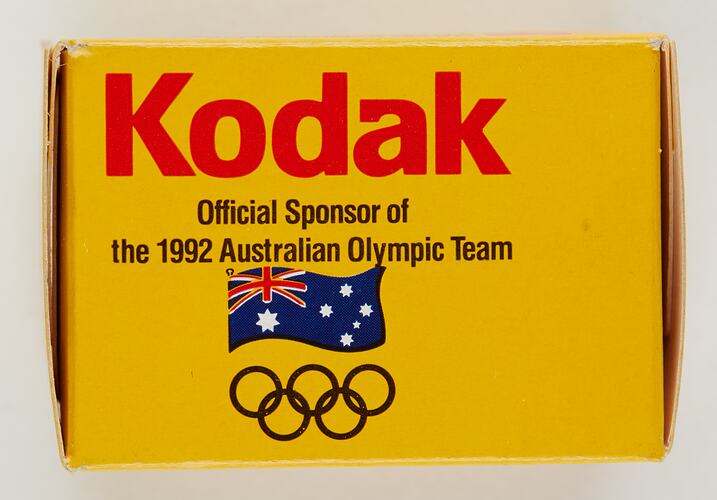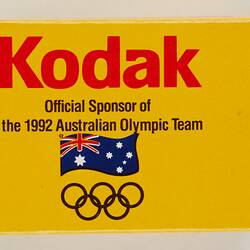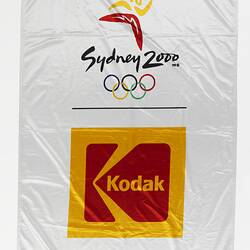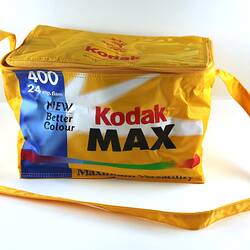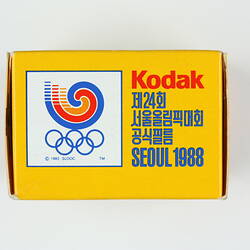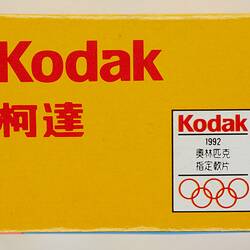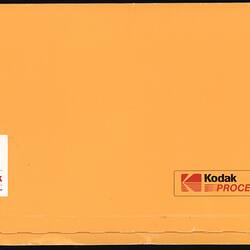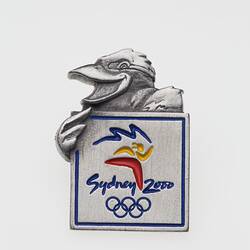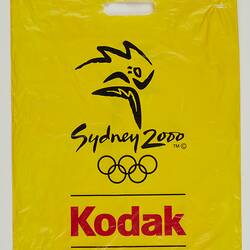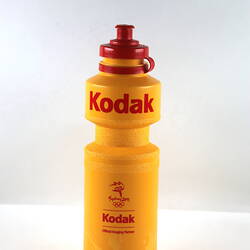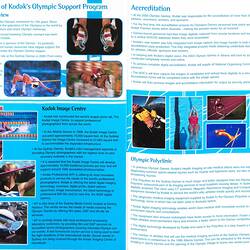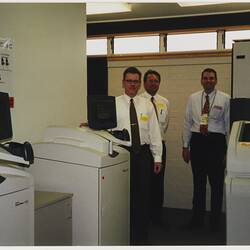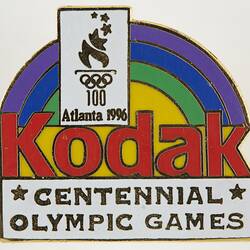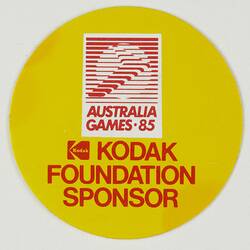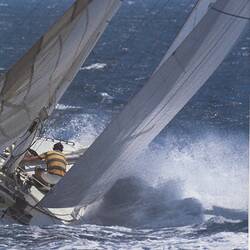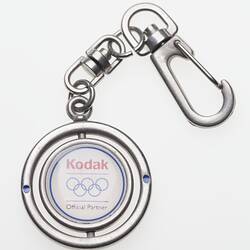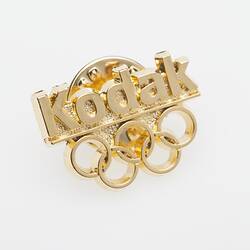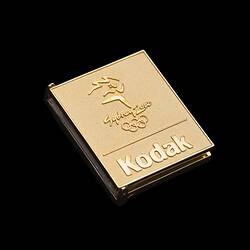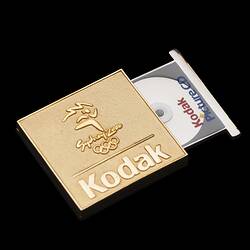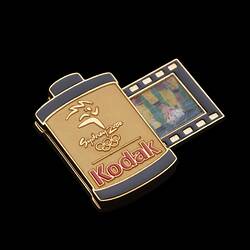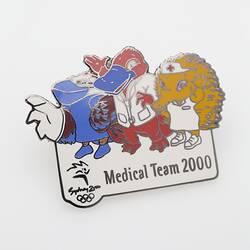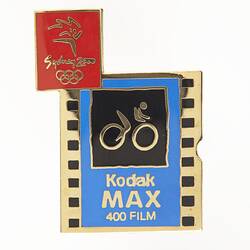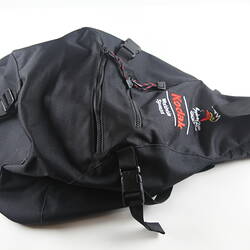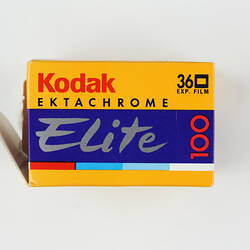Kodak and the Olympic Games, 1896-2008 Kodak's involvement with the Olympic Games began with the first modern Olympiad when Eastman Kodak advertised in the Book of Official Results at Athens in 1896. By the 1924 Paris Olympics, Kodak was supplying film to photographers. Later on, as part of their sponsorship of the Olympic Games, Kodak provided a range of amenities including free photographic developing services for the media and the pioneering "photo-finish" technology for events. Their continued association with the Games led to the company becoming one of the first of 'The Olympic Program' sponsors in 1986 (also known as 'TOP' and, later, 'The Olympic Partners').
As one of the international subsidiaries of Eastman Kodak, Kodak Australasia Pty Ltd had the right to use the Olympic rings on their packaging as an Olympic sponsor. However, during the 2000 Sydney Olympics, Kodak Australasia Pty Ltd became one of six Australian "Gold Sponsors" of the Games by virtue of their assistance in preparing the city's bid to be a host city. Kodak Australasia provided technical support, graphic arts supplies and funding to support Sydney's submission to the International Olympic Committee.
The bid was successful and Kodak Australasia Pty Ltd were heavily involved in promotional events in the lead up to the games, as well as with the 2000 Sydney Games themselves. This included the gifting of a 1000 day official Olympic Games Countdown Clock to Sydney in December 1997, and a 500 day countdown clock to Melbourne in May 1999.
One of Kodak Australasia's major contributions during the Sydney 2000 Olympic Games was the provision of the Olympic Village Polyclinic, which was ground-breaking in using digital imaging from X-Ray, Computer Tomography (CT), Magnetic Resonance Imaging (MRI) and Ultrasound. Continuing Kodak's long history of providing medical imaging at the Olympics, first begun at the 1964 Tokyo Olympics, these technological advances in digital imaging allowed for fast and accurate diagnosis of sports injuries.
Elizabeth Delahunty from Kodak Australasia, who managed the Olympic Polyclinic, has noted that the equipment was later sold to the John Hunter Hospital in Newcastle, NSW. Michael Symonds, who headed up the imaging service of the John Hunter Hospital at the time, remembers that this equipment was a 'new and emerging technology' and being able to re-purpose the Olympics medical imaging equipment was a 'great opportunity for the hospital'.
Kodak also provided an Imaging Centre for the Sydney 2000 Games. They produced photo IDs for event staff, as well as providing cameras, film, and technical assistance to athletes.
After more than a century of official involvement with the Olympic Games, Kodak's global sponsorship of the Games ended in 2008, following the Beijing Olympics.
References
'Australian Kodakery', No 30, Nov 1971, p. 4 (HT 35736) 'Kodak Corporate Sponsorship', Kodak Australia Corporate, at: http://wwwau.kodak.com/AU/en/corp/kaos.shtml accessed: 21 Aug 2018
'Kodak's Olympic Sponsorship to End After 2008 Games', Around the Rings, at: http://aroundtherings.com/site/A__25280/Title__ATR-In-The-News-Kodaks-Olympic-Sponsorship-to-End-After-2008-Games/292/Articles accessed: 21 Aug 2018
'Kodak News', No 196, Jul-Aug 1989, p. 2 (HT 36074)
'Kodak News', No 209, Issue Five, Sep-Oct 1991, p. 2 (HT 36087)
'Kodak News', No 219, Issue Three, May-Jun 1993, p. 5 (HT 36097)
'Kodak News', No 255, Issue Five, Coburg, 1999, pp. 4-5 (HT 48032)
'Kodak News', No 258, Issue Two, Special Olympic Addition, 2000, pp. 3-4 (HT 37274)
Interview with Elizabeth Delahunty, Kodak Australasia, 3 Mar 2015 (HT 39812)
Interview with Michael Symonds, Hunter New England Imaging, 11 Mar 2015 (HT 39826)
More Information
-
Keywords
-
Authors
-
Article types
